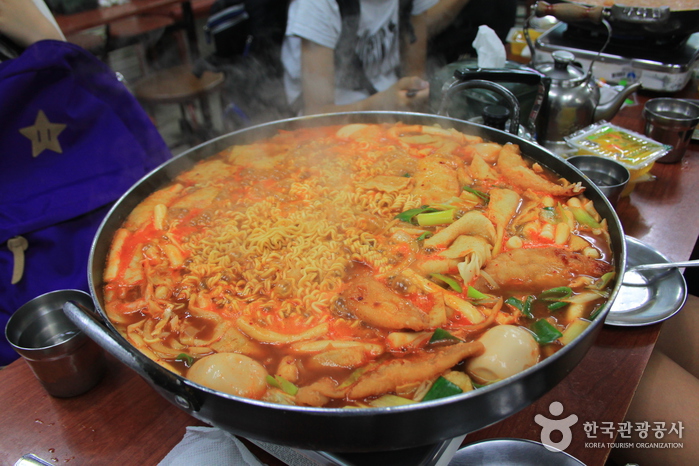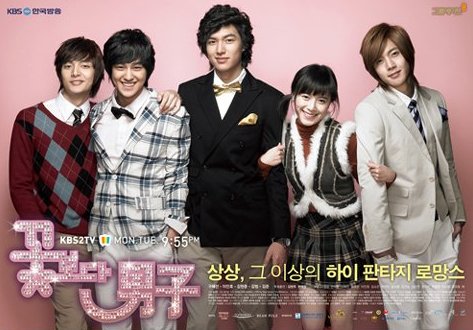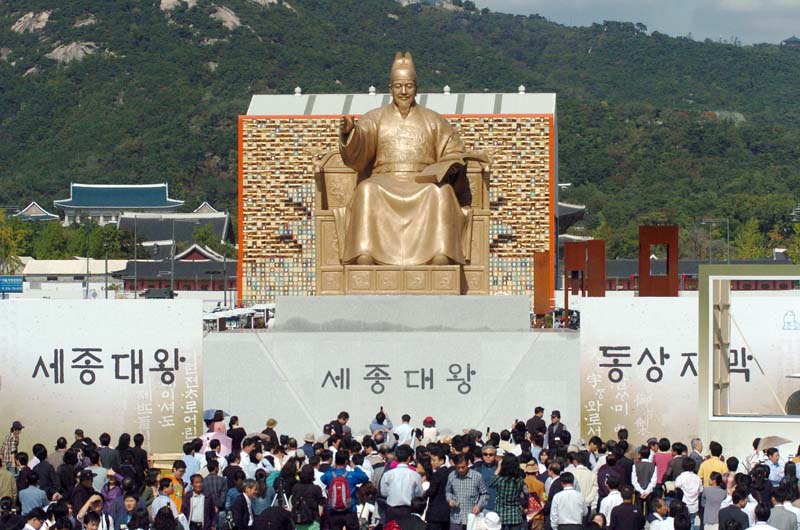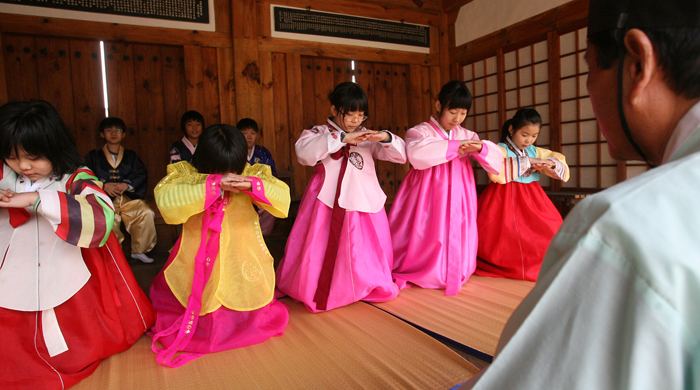I want to show other opinions other than mine, so I interviewed my sister to see what she thinks about the "hallyu wave" and the south korean culture. She is not a proffesional on this topic, but she does know a lot about it, she is the one that introduced me to k-pop, and she is a very open minded person, she always surprises me with her way of thinking. This is what se said to me:
Q: When was the first time you listened to k-pop and why did you continue listening to it?
Valentina: The first time I ever listened to k-pop was about 3 years ago, a friend of mine made me listen to a really good song. Although I didn't understand pretty much anything, I did enjoy listening to it, the song was catchy and the group danced really well in the music video, I was blown away by the synchronized dance moves, and I just had to see more of it.
Q: Were you satisfied with what you saw?
Valentina: Of course I was! I saw many videos from the hundreds of groups that there are, all of them have different styles. Many people may say that their videos are weird, but I don´t think so, its just that some groups like more exotic themes. I was surprised with the variety of music that they make, there are rock bands, ballad groups, contemporary R&B groups,etc.
Q: You noticed that there are some groups that have many members, like Super Junior and EXO, What do you think about this?
V: Well, I think that the bigger, the better! If there are 12 members or more that can sing and dance with perfect synchronization, they are showing that they have real talent and passion. I think that there is nothing wrong about it, would it be wrong if you want to hang out with a group of 12-15 people? Of course not. Having to work with 12-15 people is not an easy thing, and even so, they are able to give their fans a really good performance. I'm not saying that groups with no so many people are not good, I think those groups are also very talented and I really like them, I'm just saying that there is nothing wrong with having a large group of friends on a band.
Q: Did you start looking deeper on the south korean culture?
V: Yes! I wanted to know a lot about these group´s native country, about their customs, about their language, about their shows, etc. Firstly I found out about dramas, I saw that they have rom-com, melodramas, musicals, historical dramas, etc, and I began to grow interest on them. I remember the first drama I saw was "Boys Over Flowers", a rom-com about 4 rich flower boys* and one of them falling in love with a high schooler, it was really good. In fact, I have learned a lot about korean culture from dramas, I have seen many South Korean scenery on them, I have learned about their history in historical dramas, and everyday I get more thrilled by what I see. I also began to see variety shows, and today I continue laughing while watching them, they are the most funny shows I have ever seen! They make idols* do some pretty funny and embarassing stuff, I really recommend that you see "Running Man" it'll make you laugh out loud.
"Poster of Boys over Flowers"
"Running Man cast"
*flower boys are described as the perfect, sexy, good looking korean males
*idols are the k-pop celebrities.
Q: You know a little bit of hangul, Was it hard to learn?
V: It really isn't as hard as many people think. It did take me some time, but it was because I wasn´t fully concentrated on learning it. Learning the hangul characters is not hard, you just have to practice it a lot, I for example, practiced writing the lyrics of the songs, and it was really enjoyable. Also, dramas help a lot, since I have watched so many of them, I have learned many expressions. It´s just as if you were learning any other language, you have to be pacient and try hard.
Q: What do you think about their food and customs?
V: I think South Korean people are very polite, their gestures of bowing before the elders and people they meet is really nice, it shows their respect towards others. I love korean customs! I love how they take their shoes off before they enter to the house, it keeps the house clean just how I like it. I also really like their ondol system in the hanoks, I think it was pretty creative to thimk about this way of keeping you warm. I would love to wear a hanbok, they are beautiful, I think women look really nice with elegant clothing on. About their food, it isn't easy to adapt to their spicy food, but fortunately, I don't mind spicy food, plus their dishes are made with many different and delicious vegetables, it's an amazing experience trying their dishes, it's an explosion of flavors inside your mouth. It's good to try new things!
Q: Do you think the "hallyu wave"will continue to expand?
V: Of course it will! More and more people everyday are getting to know k-pop, and I think most of them are loving it! Learning about new cultures is great, you get to know new people and make connections around the world. I think that south korean idols and actors still have more to show, and the world will be amazed by their talents, and will laugh a lot watching their variety shows. Language barriers are easy to destroy if we try hard and we support each other, k-pop is very catchy, and the artists have a lot of talent, the world just has to see them, we have to open our minds to new things.
I will continue to support k-pop, I would like to show my friends all of the things that they are missing, and I will also continue to learn more about this great culture, and as I´m fulfilling my dream of visiting South Korea this year, I will enjoy it and show people the wonders that this country has.
I enjoyed having this interview with my sister, I heavily agree with her statements, and I like to share my thoughts with her. I would love to get to know people from all around the world, my knowledge about the world would increase a lot.
































